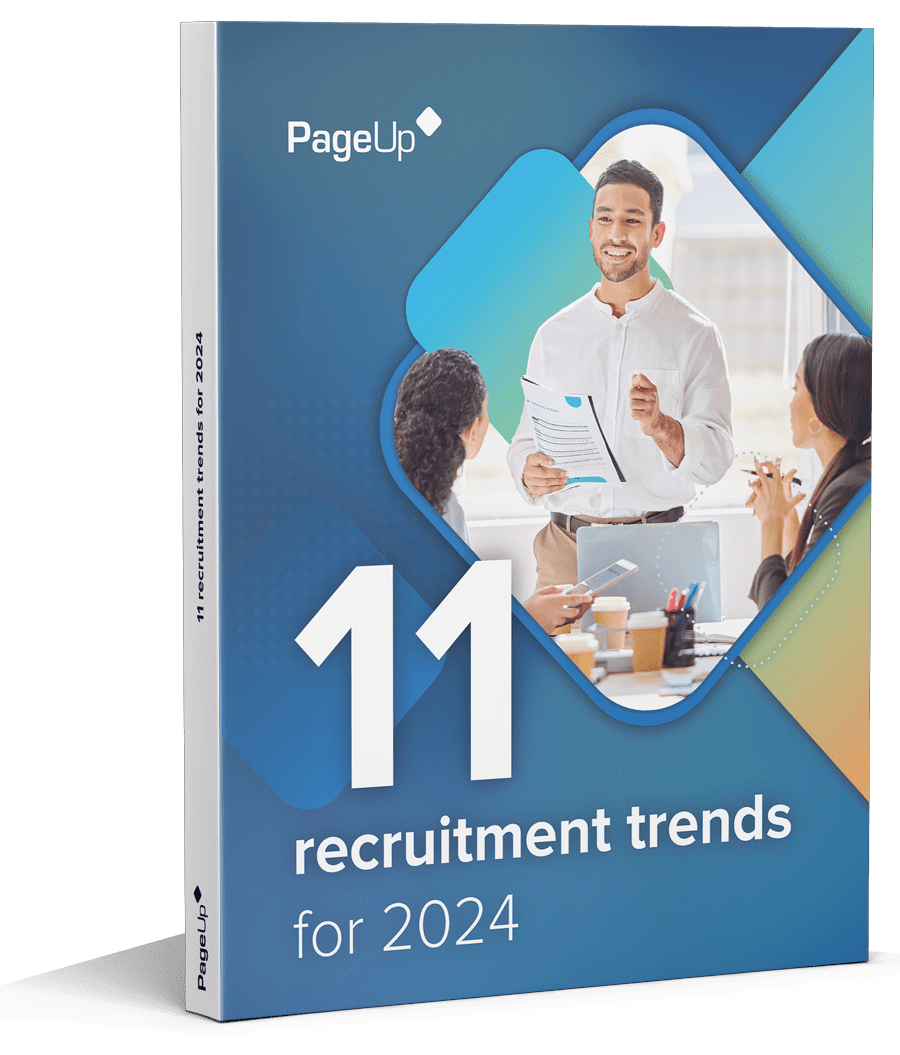Higher education professionals make an invaluable contribution to the academic community. Their subject-matter expertise, thought leadership and guidance helps fuel the minds of aspiring students. However, to help professionals sustain their own development, they must continue to learn.
Ironically, even though higher education institutions are dedicated to fostering opportunities for learning and development, many are failing to offer these opportunities to their employees and faculty. You’ll find universities sitting in the bottom quartile for “learn and grow” employee opportunities compared with other industries in the U.S., according to a recent Gallup survey. According to Gallup researchers, “As an industry, higher education is one of the last to recognize and embrace this type of employee development.” Institutions play a big part in fostering a culture of learning among staff, so how can they better achieve this goal? Here are four considerations:
1. An effective retention strategy
As we know, providing opportunities for L&D motivates staff to stay at an organization. PageUp’s Vice President of Business Development Heather Kirchner works closely with higher education institutions to understand the importance of learning and development amongst faculty and staff. A common theme emerging is a high risk of losing people to competing institutions if their career needs are not met. “We hear from our higher education institutions that staff are often unsure of their career path and that they do not know what they should be doing to develop in their current roles. This often leads to complacent employees who will likely end up looking at a different institution if they are not feeling fulfilled. It’s like competing for students or college athletes: universities are fighting for skilled staff as well,” says Kirchner.
“It’s like competing for students or college athletes: universities are fighting for skilled staff as well.”
This signals potential problems for higher education institutions: research indicates organizations across the board have low rates of L&D opportunities for their people. According to Gallup research, “Only four out of 10 higher education staff and faculty strongly agree that in the past year they’ve had opportunities at work to learn and grow. And even fewer strongly agree that someone at work has discussed their progress in the last six months or that someone at work encourages their development.”
The research also indicates the direct impact this has on student learning. Gallup’s survey of college graduates found that only 22% strongly agree they had a mentor who encouraged their goals and dreams, and only 27% strongly agree they had a professor who cared about them personally during college. If institutions want to remain competitive, they must first bridge the L&D gaps for their staff.
“If institutions want to remain competitive, they must first bridge the L&D gaps for their staff.”
2. Map out learning and development plans
Where do your people want to be in five years and how can you help them get there? Understanding your team members’ goals informs succession planning and the learning and development opportunities you offer. Discussing career aspirations also has a positive impact on employee engagement. “It pays to sit down and have those conversations,” says Kirchner. “If a member of staff is interested in moving towards this career path, they should complete specific learning activities. Or vice versa: if they have already ticked off said activities, the institution should be aware of the linked development opportunity. It will show the person that their employer has a vested interest in their future,” she says.
3. Implement a Talent Management system
Knowing what stage people are at in their learning and development journey can be hard to track, but it doesn’t need to be. An efficient Talent Management system incorporates learning and development activities, functionality and reporting that can be tailored to an organization’s needs. Having easy access to learning empowers people to take control of their development. PageUp Learning makes it easy for people leaders to track their teams’ progress: while the analytics function provides insights to help plan for the future.
“An efficient talent management system incorporates learning and development activities, functionality and reporting that can be tailored to an organization’s needs.”
4. Encourage ‘outside the square’ learning
Mobile, social and peer-to-peer learning are gaining popularity with today’s learners. Higher education professionals are often time-poor, with little or no time to learn. Take an audit of your current learning and development offering. Are you championing modern learning methods? Ask people how they like to learn and incorporate their preferred approaches into your existing learning system.
By implementing a number of L&D strategies, higher education institutions boost employee engagement, retention and referrals to fill open positions.
Fresh insights for HR
Stay up to date with HR trends, tips and more when you sign up for our industry newsletter





